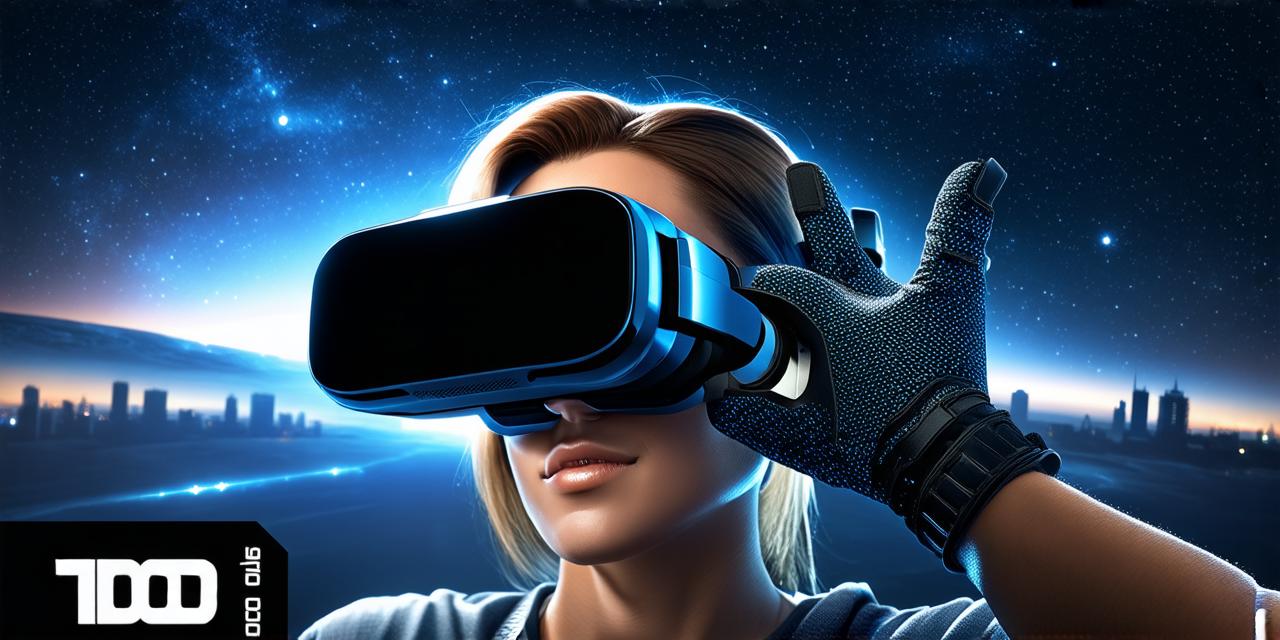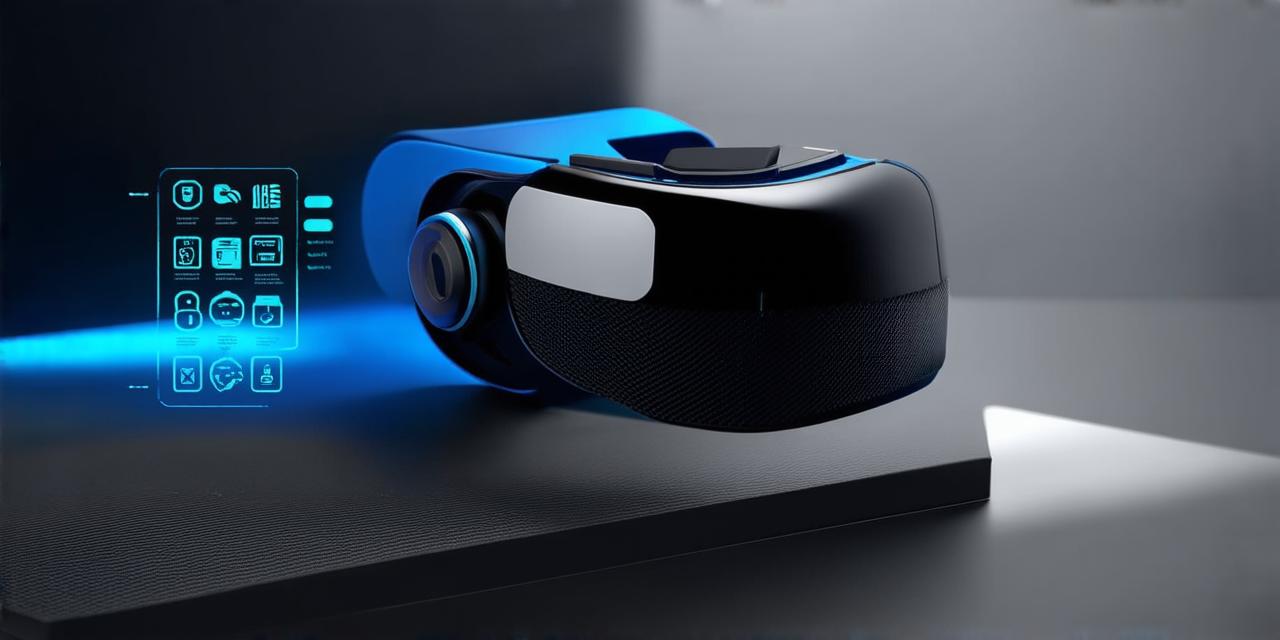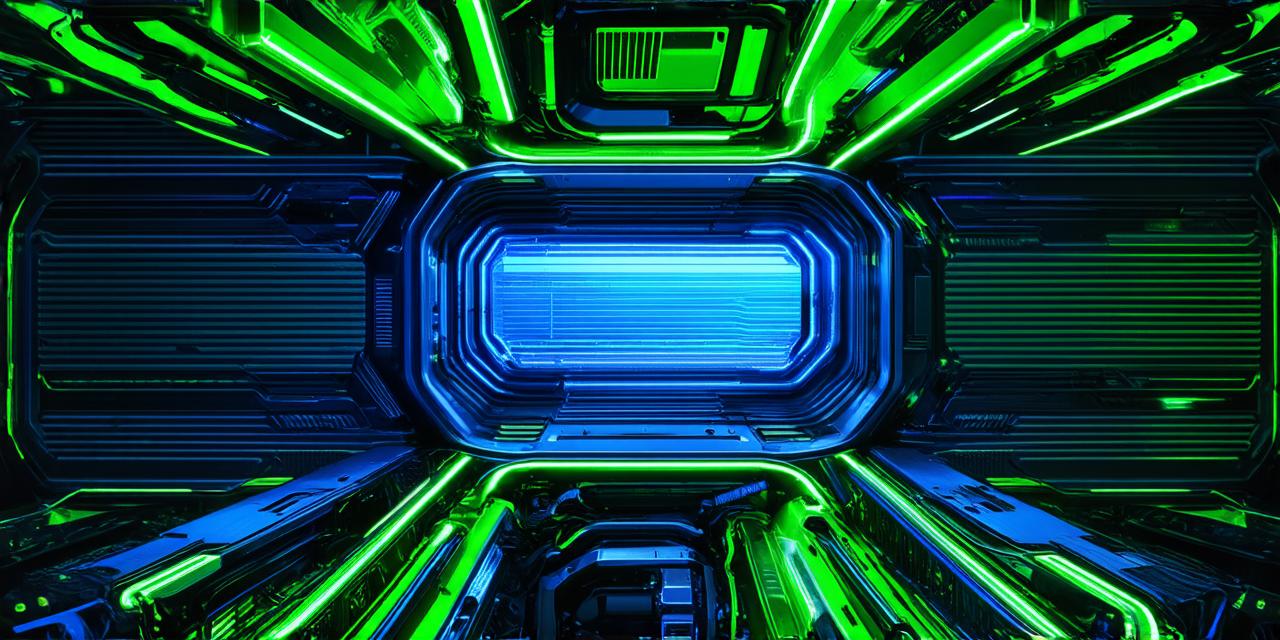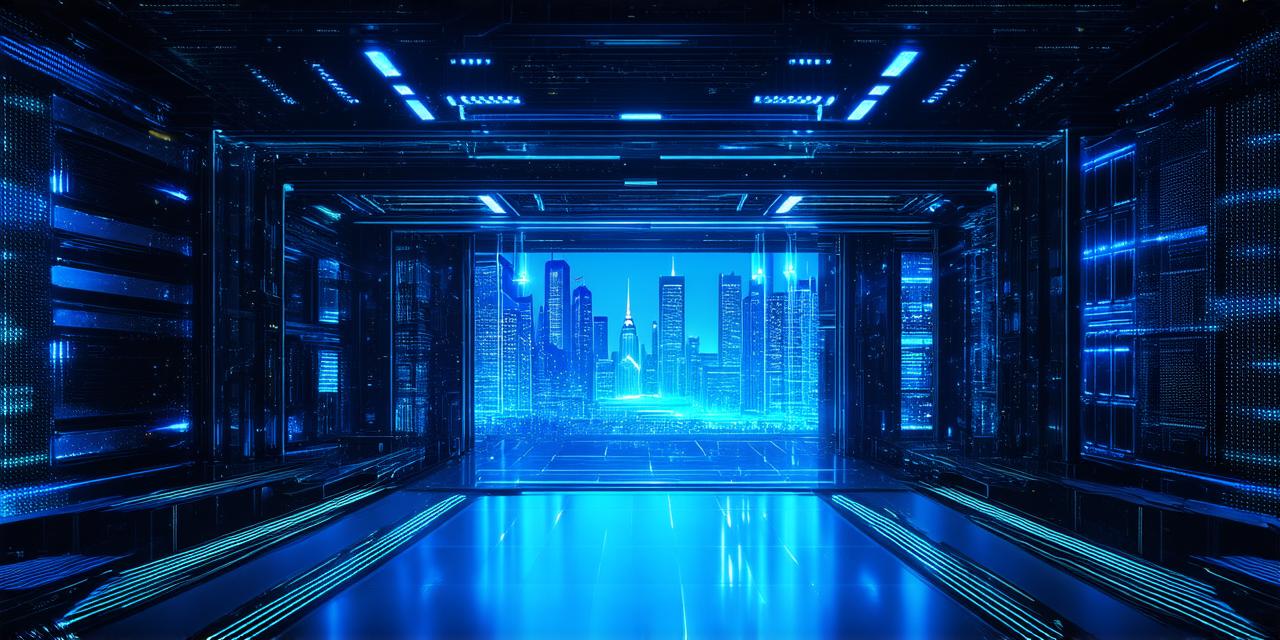Virtual Reality (VR) is a revolutionary technology that immerses users in a simulated environment, allowing them to interact with it as if they were physically present.
What is a Virtual Reality System?
A Virtual Reality (VR) system is a combination of hardware and software that creates an artificial, simulated environment for the user. It consists of three main components: a head-mounted display (HMD), input devices, and a powerful computer to render the virtual world.
Head-Mounted Display (HMD)
The HMD is the primary interface between the user and the virtual world. It typically includes two high-resolution screens, one for each eye, that display the 3D environment in real-time. The HMD also often includes built-in sensors to track the user’s head movements, allowing them to look around the virtual environment naturally.
Input Devices
Input devices are used to interact with the virtual world. These can include controllers, gloves, or even full-body suits. Controllers are the most common input device and allow users to pick up and manipulate objects in the virtual environment.
Computer Hardware
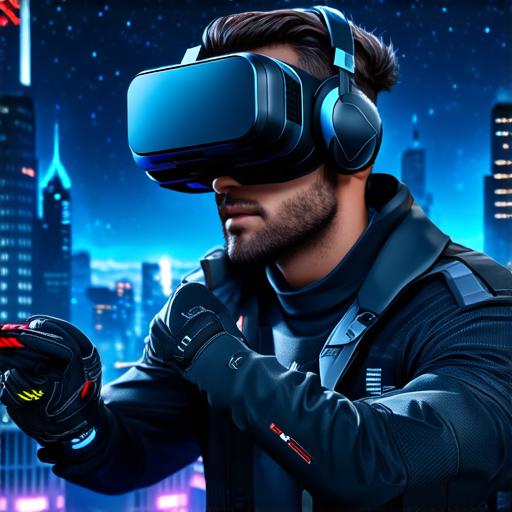
The computer hardware is responsible for rendering the virtual world in real-time. This requires a powerful graphics card, a fast processor, and a large amount of RAM. The computer also processes user input from the HMD and input devices to update the virtual environment accordingly.
Software
The software used in VR systems is called a VR engine or platform. This software is responsible for creating the virtual world, rendering it in real-time, and processing user input. Examples of popular VR platforms include Unity, Unreal Engine, and SteamVR.
Applications of Virtual Reality Systems
Virtual reality systems have a wide range of applications, including gaming, training simulations, architecture, and healthcare. In gaming, VR provides an immersive experience that can make games more engaging and realistic. In training simulations, VR allows users to practice complex tasks in a safe and controlled environment. In architecture, VR can be used to create detailed models of buildings before they are constructed. In healthcare, VR is being used for everything from pain management to physical therapy.
Summary
Virtual reality systems represent the future of human-computer interaction. By immersing users in a simulated environment, they provide an unprecedented level of realism and interactivity. As technology continues to advance, we can expect to see VR systems becoming more affordable, powerful, and accessible to the masses.
